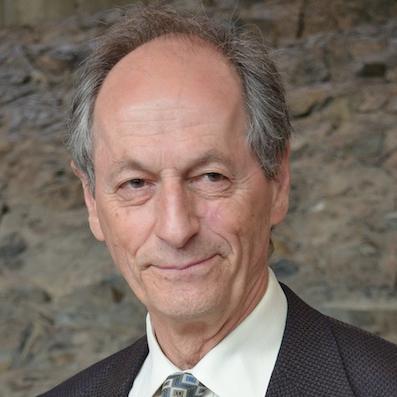Canal and the Rest
Word Association game. Panama…Papers. There is, though, a canal. Actually, the Canal. A rather important canal that antedated the Panama Papers. It is hard not to think Panama Papers as you fly in to the city and see the remarkable cluster of tall buildings. Where did the money come from for these buildings? The Canal, in part, but money dirty and clean, or making the transition from the one to the other clearly plays a part. Panama’s economy is now 75% Service.
I last visited Panama in 1975 as a young doctor just completing his PhD in epidemiology at UC Berkeley. Stony Stallones, Dean of the School of Public Health in Houston, had called me and asked if I would like to spend 6 weeks leading a field trip to measure blood pressures in villages along the Caribbean coast of Panama, and in the city of Colon. A few Spanish 1 classes at Berkeley and off went Alexi and I. One way of learning how to conduct a field epidemiology study is to lead one.
In 41 years Panama made the transition from poor country with poor health to upper middle income country, per capita Gross National Income $18,200 at PPP, with life expectancy of 77.8 years. I look at the life expectancy statistics and decide that the salad is safe to eat. Not so, 41 years ago.
Panama may have got richer but it a fair bet that a country that is growing rich from its financial dealings and its Canal revenues will have big inequalities. The 80:20 ratio of earnings (the share of total income enjoyed by top 20% compared with the bottom 20%) is 18 in Panama. By contrast it is 13 in Costa Rica and Chile, 9.8 in the US, 7.6 in the UK, 4.0 in Norway and 3.6 in Sweden.
My visit started with an invited address to the National Assembly – the Congress. My challenge was to see if I could get the elected delegates to stop using their smart phones and listen. I did, more or less. I started with my visit of 41 years ago and commented on the remarkable and welcome improvement in income and health since then. But, and it is a big “but”, next door neighbour Costa Rica has national income of $13,000 (at PPP) but life expectancy that is 1.5 years longer. Further, it is highly likely that the big inequalities in income are correlated with big inequalities in health, but there are almost no data on health inequalities.
I know there is real concern with the rate of violent crime in Panama. I made the case to the Congress that ill-health and crime cluster geographically and socially. Action on the social determinants of health will likely have the benefit of reducing violent crime. (It may do nothing for white collar crime – but that is another question, see above and below). My parting message was that we need cross-government action on social determinants of health. I reminded them what we said on the cover of the CSDH report: social injustice is killing on a grand scale.
The President of the Assembly listened. When he opened the Public Health Congress the next evening, he said that social injustice kills. That is a start to cross-government action.
It had been arranged for me to meet the Canal Minister. I was keen to hear more about the Canal but made sure I told him about SDH. He said that the health minister should hear this and he fixed it. When I met the health minister, he said that the Vice-Minister of Social Development should hear this, and they both (Health Minister and Social Development Vice-Minister) came for lunch the next day. I was getting a feel for how the political hierarchy works.
The Canal represents about 9% of Panama’s GDP, so the Canal Minister is important. They just spent around $5.5billion putting a third lane in. Panamax is the largest size of vessel that could go through the existing Canal. NeoPanamax is the larger size that can go through the new larger channel. I had a guided tour of the new facility that opened only a month ago. Impressive.
There is a real concern among Panamanian colleagues that “health” in Panama has meant building hospitals. Primary care is under-developed and is much needed.
Among the many questions, I was asked by one Panamanian: what about corruption? My response: when we began the CSDH, I said that if governments were inactive or worse then we were sunk. Mirai Chatterji, with her experience of the Self Employed Women’s Association in Gujerat said: absolutely not. If governments won’t do it, civil society can and should. It is the power of social organisation. Then shame government into action.
Through all my various lectures and meetings in Panama I had the sense of a great deal of good will and commitment to social determinants of health and health equity. An important step forward is to develop monitoring systems and then to put in place cross-government action. We will watch this space with great interest.

